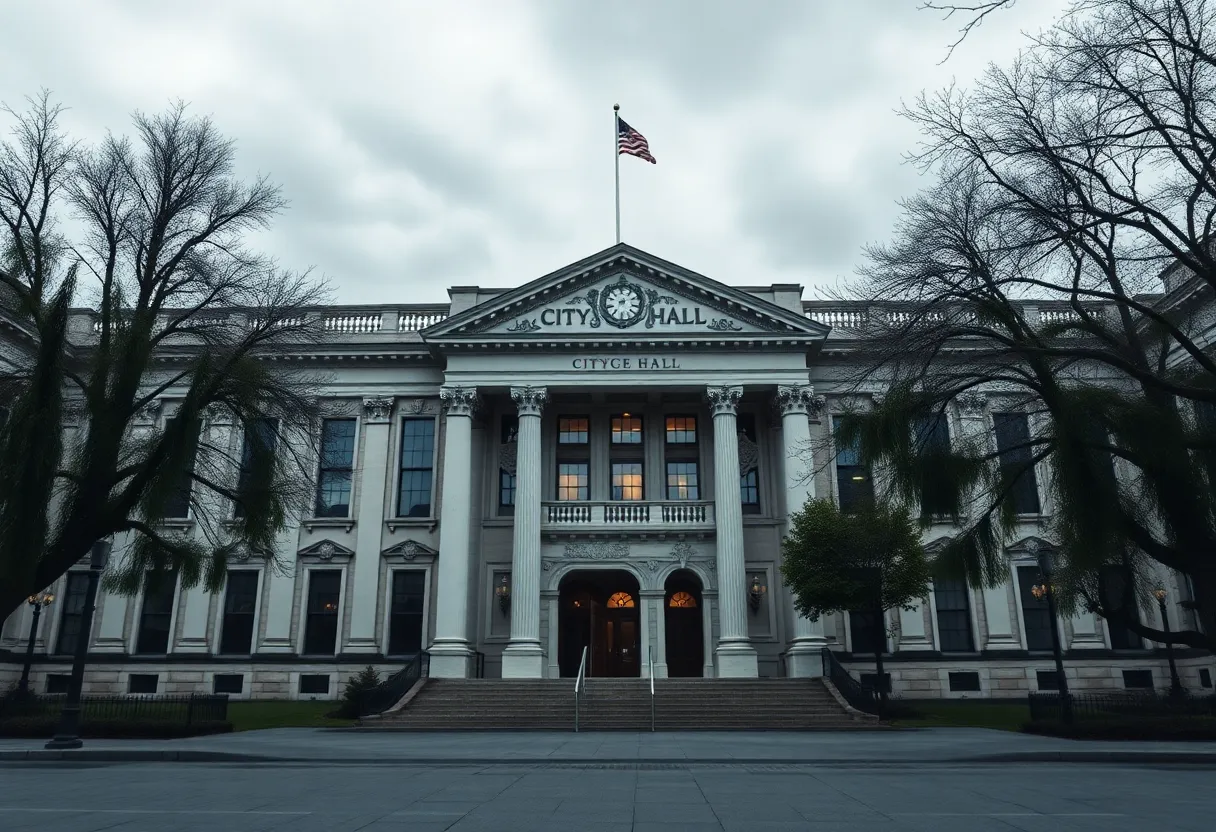News Summary
California has yet to utilize $250 million in federal funding designated for community-scale solar projects under the Inflation Reduction Act’s Solar for All program. Despite the urgency for action, the California Public Utilities Commission has faced criticism for slow implementation, raising concerns about the state’s ability to leverage federal resources for renewable energy development. As the deadline to spend the funds approaches, advocates fear that delays could jeopardize critical support for low-income households. Calls for public feedback highlight the state’s administrative challenges in rolling out this vital funding.
California has yet to distribute $250 million in federal funding intended to enhance climate action through community-scale solar installations as part of the Inflation Reduction Act’s Solar for All program. With plans from the Trump administration to potentially terminate these programs, the urgency to address this delay is growing.
Since the announcement of the funding award by the Environmental Protection Agency (EPA) in April 2024, California has seen almost no disbursements to community solar initiatives, raising concerns about the state’s ability to leverage federal resources to support renewable energy development. Advocates worry that the California Public Utilities Commission (CPUC) has not moved quickly enough to implement the funding, jeopardizing the expansion of community solar projects critical for low-income households and disadvantaged communities.
Despite establishing a tariff structure for community solar programs in May 2024, analysts have critiqued the CPUC for not providing adequate incentives for potential projects. As a result, the effective compensation for solar energy generated has left many advocates discouraged about the future of community solar in California.
As of now, California’s community solar capacity stands at only 217 megawatts. This figure pales in comparison to other states with significant community solar records—Florida leads with 3,873 megawatts, followed closely by New York at 2,110 megawatts. Illinois, while also delayed in spending its federal award, has managed to allocate $11 million of its $156 million funding, whereas California has disbursed a mere $100,641 from the federal funds.
Administrative Law Judge Valerie Kao has recently called for public feedback on how to effectively utilize the Solar for All funding, stressing the urgency as the deadline to spend the funds extends to April 2029. The CPUC’s website indicates that state agencies remain in an “administrative and planning phase,” which signifies further delays in actual funding rollout.
Legal experts have expressed serious concerns that the CPUC’s slow processing may ultimately waste the $250 million federal support. The implications of this failure could be substantial, particularly for low-income and disadvantaged communities that were meant to benefit most from these initiatives. Raising the cost of community solar projects, the suspension of federal support could create barriers for the very groups the program aims to assist.
California has consistently positioned itself as a leader in renewable energy; however, critics argue that it is now lagging in the community solar space. Derek Chernow from the Coalition for Community Solar Access has criticized the state’s lack of decisiveness and leadership in this arena. In response to the failures related to community solar initiatives, Assemblymember Chris Ward has indicated plans to reintroduce legislation next year that would aim to expedite the processes surrounding community solar programs.
While California continues to defend its position as a proponent of renewable energy against various federal actions, including conflicts regarding lost electric vehicle charging funding, there remains uncertainty over whether legal actions will be pursued against the Trump administration’s initiatives to terminate funding. As the state looks to navigate these challenges, experts continue to underline the necessity of federal assistance through the Solar for All program, stressing that the state’s progress is at significant risk without decisive action.
As California grapples with these issues, the need for timely implementation of community solar funding has become even more critical, especially given the impending shifts in federal policy that could hinder the state’s green energy objectives. The ongoing situation emphasizes the importance of efficient governance and clear paths to harnessing vital federal resources, as California seeks to solidify its place in the national transition toward sustainable energy solutions.
Deeper Dive: News & Info About This Topic
- Politico: California Solar Funding and Trump Administration
- Wikipedia: Community Solar
- LA Times: EPA Eliminates Rooftop Solar Grant Program
- Google Search: California Solar Funding
- Consumer Financial Services Law Monitor: California Home Improvement and Solar Financing Bill
- Google Scholar: California Solar Policy
- CNET: California Solar Panel Incentives and Tax Credits
- Encyclopedia Britannica: Solar Energy
- Utility Dive: California Budget and Grid Reliability
- Google News: California Community Solar

Author: Anaheim Staff Writer
The Anaheim Staff Writer represents the experienced team at HEREAnaheim.com, your go-to source for actionable local news and information in Anaheim, Orange County, and beyond. Specializing in "news you can use," we cover essential topics like product reviews for personal and business needs, local business directories, politics, real estate trends, neighborhood insights, and state news affecting the area—with deep expertise drawn from years of dedicated reporting and strong community input, including local press releases and business updates. We deliver top reporting on high-value events such as major conventions at the Anaheim Convention Center, including NAMM and VidCon, exciting games at Angel Stadium and Honda Center, and developments at Disneyland Resort Our coverage extends to key organizations like the Anaheim Chamber of Commerce and Visit Anaheim, plus leading businesses in hospitality, entertainment, and innovation that power the local economy As part of the broader HERE network, including HERECostaMesa.com, HEREHuntingtonBeach.com, HERESantaAna.com, and HERELosAngeles.com, we provide comprehensive, credible insights into Southern California's dynamic landscape.




